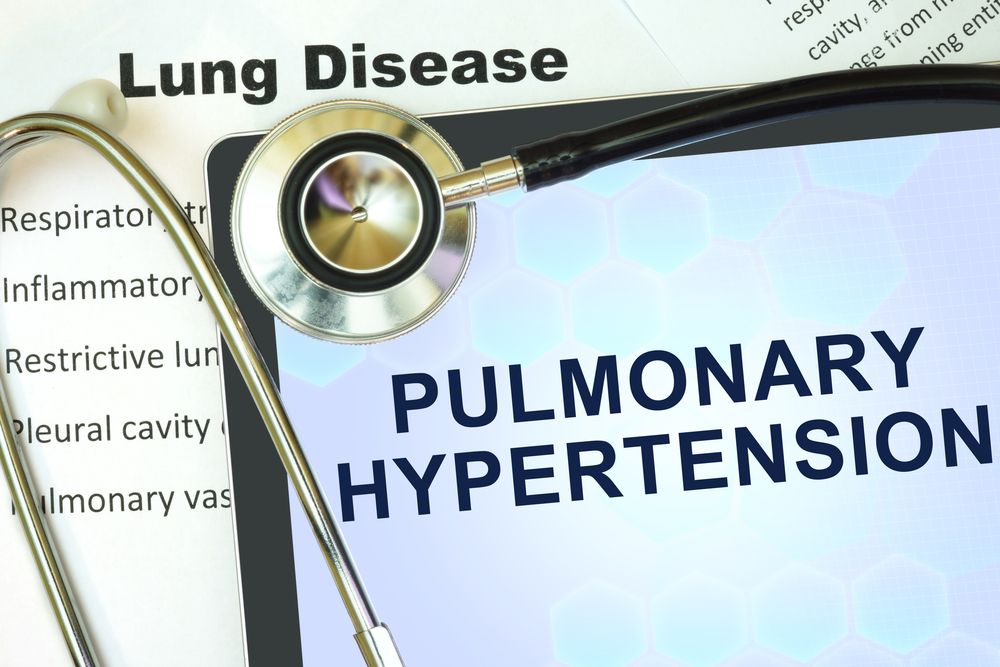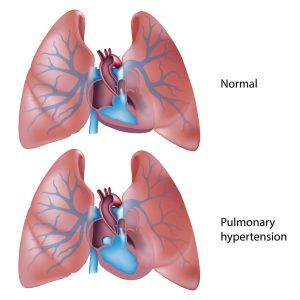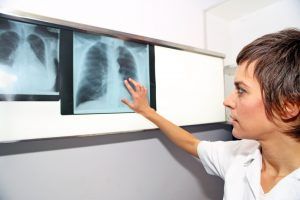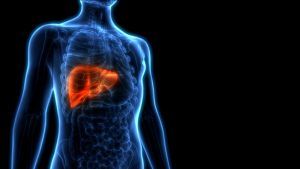Pulmonary hypertension is an elevation of blood pressure in the blood vessels in the lungs. (Learn More) There is a technical distinction between pulmonary hypertension (PH) and pulmonary arterial hypertension (PAH). (Learn More)
The World Health Organization has developed a classification system for the different types of PH. (Learn More) They have grouped the different levels of dysfunction that occur with it. (Learn More)
PH and PAH are not treated the same way. (Learn More) Treatment of PH requires addressing the underlying cause of the disorder, whereas PAH is treated directly with medications. (Learn More)
One of the medications used to treat PAH is tadalafil, the active ingredient in Cialis. (Learn More) However, this medication should not be used if the person has liver damage or liver dysfunction. (Learn More)
This can further complicate the treatment of PAH because there is a relationship between liver disease and the development of PAH. (Learn More) Other treatments may be needed if these two conditions occur. (Learn More)
What Is Pulmonary Hypertension?
Pulmonary hypertension (PH) refers to elevation of blood pressure in the blood vessels in the lungs. Many different conditions like lung disease, obstructive sleep apnea, and heart disease can cause a rise in the pressure in the pulmonary arteries.
Pulmonary Hypertension vs. Pulmonary Arterial Hypertension
Although pulmonary hypertension is used in a general manner to describe any increase of blood pressure within the lungs, there is a difference between simple PH and pulmonary arterial hypertension (PAH).
PAH refers to a disease that occurs in the blood vessels of the lungs, meaning that the disease has resulted in an elevation of blood pressure in the lungs. PH occurs when the elevation of your blood pressure in your lungs is caused by another disease or condition.
PAH occurs when the blood vessels in the lungs are diseased. PH occurs when some other disease leads to increased blood pressure in the lungs.
World Health Organization PH Groupings
WHO (World Health Organization) has developed a system of five PH groups/levels that allow for the distinction of different types of PH and PAH.
- Group 1: Pulmonary arterial hypertension (PAH)
- Group 2: Pulmonary hypertension due to left heart disease
- Group 3: Pulmonary hypertension due to lung disease
- Group 4: Pulmonary hypertension due to chronic blood clots
- Group 5: Pulmonary hypertension due to miscellaneous diseases/disorders
Group 1 is true PAH, and it is actually a very small proportion of all PH patients. This group can also be divided into the several subgroups that include idiopathic PAH (no recognized cause), PAH linked to drugs and toxins, and PAH linked with other disorders or diseases.
Functional Classes of PAH/PH
WHO has also described a categorization to determine how severe the person’s PH is and how it affects them.
- Class I: The person is symptom-free when active or at rest.
- Class II: When the person is at rest, they do not display any symptoms, but when they are engaging in normal everyday activities, they experience some shortness of breath and discomfort.
- Class III: The person is relatively symptom-free at rest, but normal activities, like performing household chores, become limited due to fatigue and shortness of breath.
- Class IV: The person experiences symptoms at rest and severe symptoms when they are active.
Treatments for PH and PAH Can Be Different
If you are being treated for one of the classes of pulmonary hypertension, your treatment will most likely be aimed at treating whatever condition is causing the hypertension in your lungs. For instance, if you have a lung disorder and it is causing PH, you will be treated directly for that disorder. If obstructive sleep apnea is leading to your PH, you will be treated for that condition.
Pulmonary arterial hypertension is treated directly. Many of the medications used to treat PAH may not help you if you only have PH; in fact, they may be harmful.
The definitive test to diagnose PAH is a right heart catheterization. Numerous other types of tests can detect the presence of PH
Medications Approved to Treat PAH
There are several medications that are approved to treat pulmonary arterial hypertension. These medications would not be used if the person is suspected of having one of the other categories of PH.
The following are some of these medications:
- Adcirca (tadalafil)
- Flolan (epoprostenol)
- Letairis (ambrisentan)
- Revatio (sildenafil)
- Traleer (bosentan)
- Tyvaso/Remodulin (treprostinil)
- Ventavis (iloprost)
Cialis and Adcirca: What’s the Difference?
Tadalafil is the active medication in both Cialis and Adcirca, drugs produced by Lily Pharmaceuticals. Lily reports that Cialis is not approved for the treatment of PAH, whereas Adcirca is.
Cialis comes in doses of 2.5, 5, 10, and 20 mg of tadalafil, whereas Adcirca is a 40 mg dose of the medication.
Cialis is approved for the treatment of erectile dysfunction (all doses) and benign prostatic hyperplasia (at 5 mg). Adcirca works best for people who are diagnosed with PAH at the class II to class III level of dysfunction.
Tadalafil and Liver Dysfunction
Tadalafil doses should not exceed more than 10 mg a day in people who have liver damage or liver dysfunction, according to Lily Pharmaceuticals. Using tadalafil when one has liver damage can result in exacerbation of the damage. If a person is diagnosed with liver damage, use of this medication may be ruled out.
The situation is even more complicated because there is also a potential connection between liver dysfunction due to some other disease or condition and the development of PAH.
The Relationship Between Liver Disease and PAH
The liver has many functions, but its primary function is to filter blood and remove potentially harmful products from it. When a person has liver disease, this can lead to a situation known as portal hypertension, which is increased blood pressure in the veins that enter the liver. This can result in the blood bypassing the liver and not being filtered.
The blood vessels in the lungs are exposed to toxins. This can damage the small arteries of the lungs, leading to a type of PAH known as portal pulmonary hypertension. This disorder, often abbreviated as POPH, is a type of PAH that occurs as a result of advanced liver disease.
Treatment of POPH
Treatment for POPH is still being researched, but some of the above medications like Flolan have yielded positive results. Letairis and Revatio are also being studied. Revatio is the brand name for the medication sildenafil, which is also the active ingredient in Viagra.
Other potential treatments are also being researched.
References
What Is Pulmonary Hypertension? (April 2019). Pulmonary Hypertension R.N.
Pulmonary Hypertension WHO Classification. (2019). Pulmonary Hypertension News.
Right Heart Catheterization. (November 2018). Cleveland Clinic.
The Emergence of Oral Tadalafil as a Once-Daily Treatment for Pulmonary Arterial Hypertension. (May 2010). Vascular Health Risk Management.
Treating Pulmonary Arterial Hypertension With Cialis/Tadalafil. (2019). Lily Pharmaceuticals.
Hepatic Impairment/Liver Function and the Use of Cialis/Tadalafil. (2019). Lily Pharmaceuticals
PH and Liver Disease. (2019). Pulmonary Hypertension Association.





